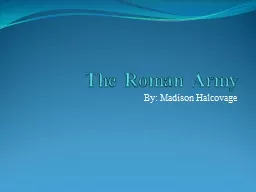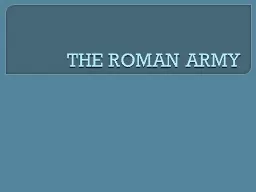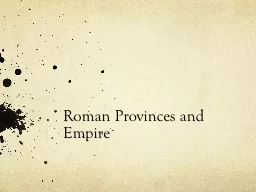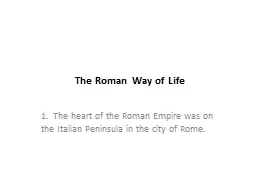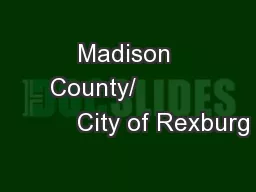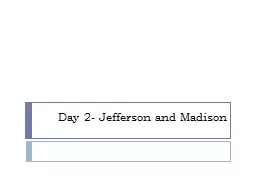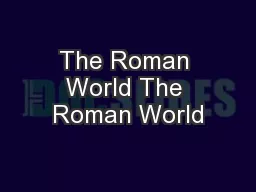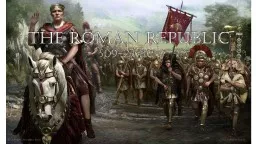PPT-The Roman Army By: Madison Halcovage
Author : myesha-ticknor | Published Date : 2018-03-12
Key Terms Legions units of soldiers Legionaries soldiers that fight in the army Maniples a legion that was divided into smaller groups of 120 men Hastati the strong
Presentation Embed Code
Download Presentation
Download Presentation The PPT/PDF document "The Roman Army By: Madison Halcovage" is the property of its rightful owner. Permission is granted to download and print the materials on this website for personal, non-commercial use only, and to display it on your personal computer provided you do not modify the materials and that you retain all copyright notices contained in the materials. By downloading content from our website, you accept the terms of this agreement.
The Roman Army By: Madison Halcovage: Transcript
Download Rules Of Document
"The Roman Army By: Madison Halcovage"The content belongs to its owner. You may download and print it for personal use, without modification, and keep all copyright notices. By downloading, you agree to these terms.
Related Documents

